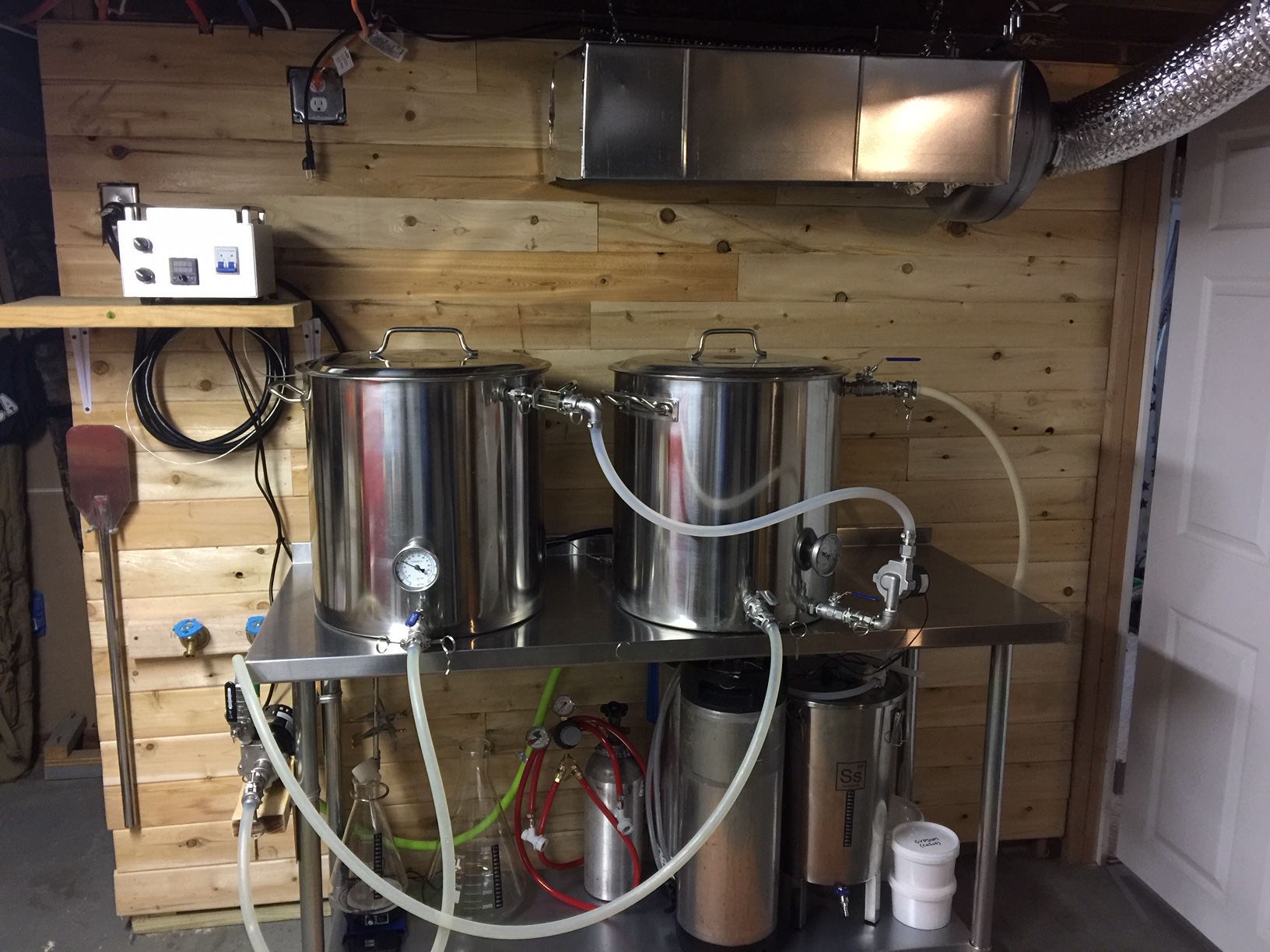Yeah, it still takes 45 minutes or so to sparge, but it only takes a few minutes to fill the entire mash tun with the sparge volume - that empties the boil kettle and allows me to drain the mash tun over to the kettle. The best part of the deal is that once you get your mash tun draining (I use a pump and throttle with a ball valve), you can pretty much ignore it until the end. No baby sitting the fly sparge to make sure the flows are matched and you can do other things while it's going on. As
@augiedoggy points out, those float based sparge control setups are a bit unreliable, and I never could walk away from it with any kind of confidence.
I have found that if I go too fast on sparging, my efficiency drops a lot but I haven't done any formal tracking to see where my optimum flow rate is; something that's on my agenda once I get my BruControl based system up and can be consistent with my flow rate control.
Adding a false bottom to a mash tun is easy; lots of options there. One really good one is
@Jaybird at
Norcal Brewing; he'll make a custom fit false bottom that gets really excellent reviews.
@Bobby_M at
BrewHardware sells a lot as well.











































![Craft A Brew - Safale S-04 Dry Yeast - Fermentis - English Ale Dry Yeast - For English and American Ales and Hard Apple Ciders - Ingredients for Home Brewing - Beer Making Supplies - [1 Pack]](https://m.media-amazon.com/images/I/41fVGNh6JfL._SL500_.jpg)














